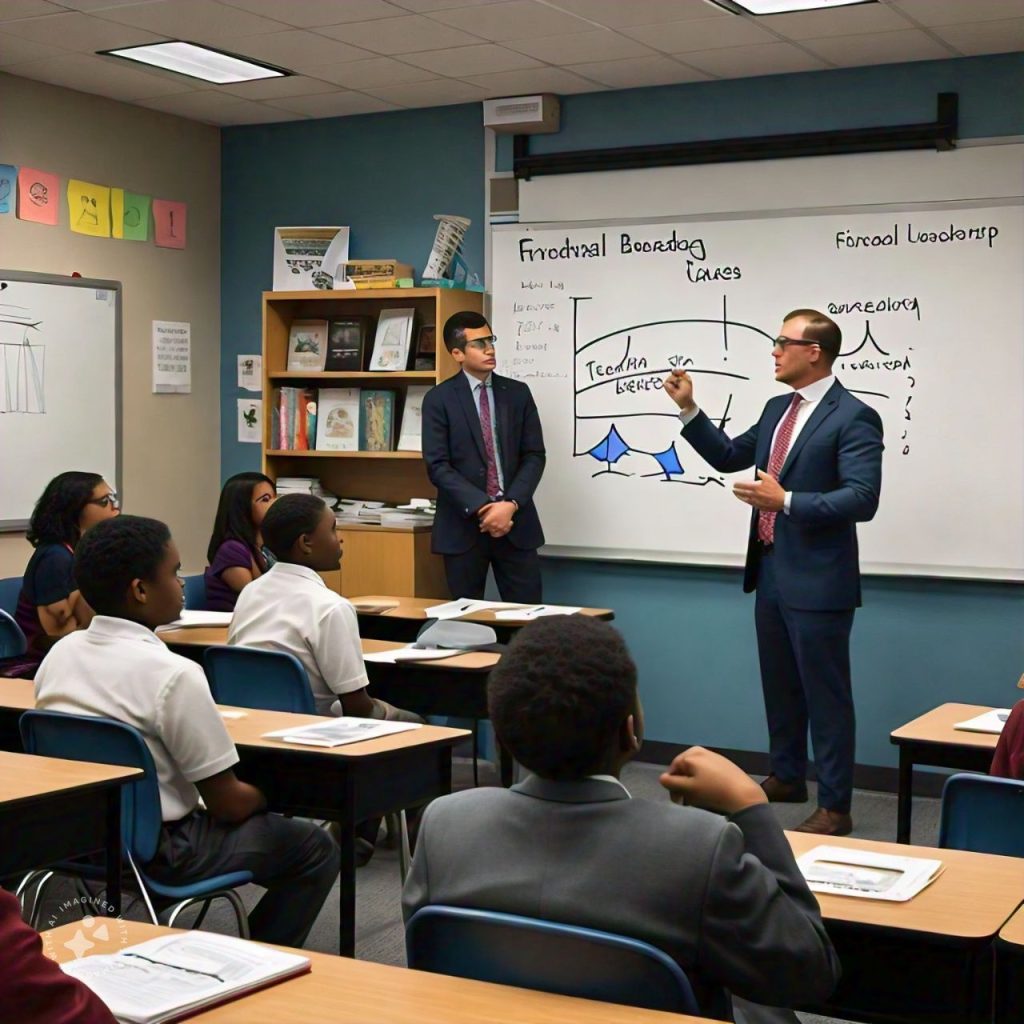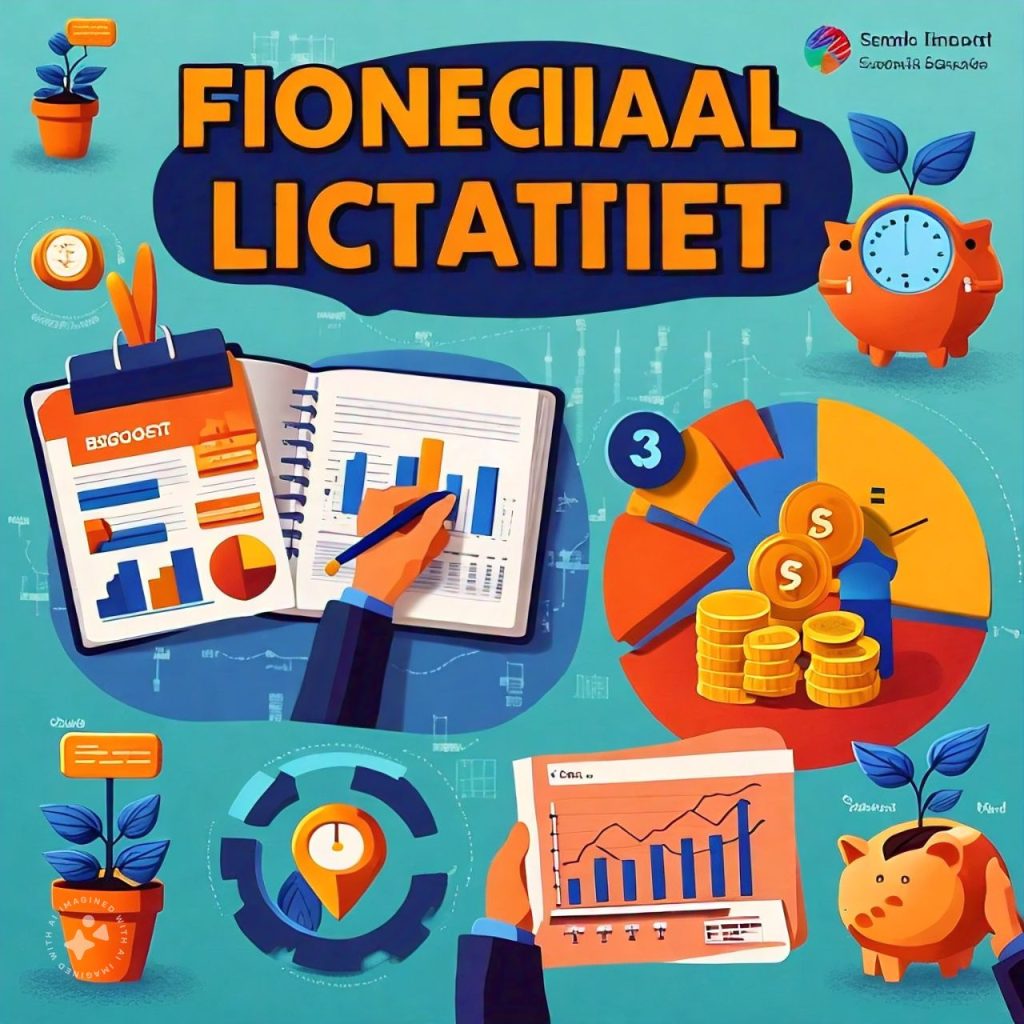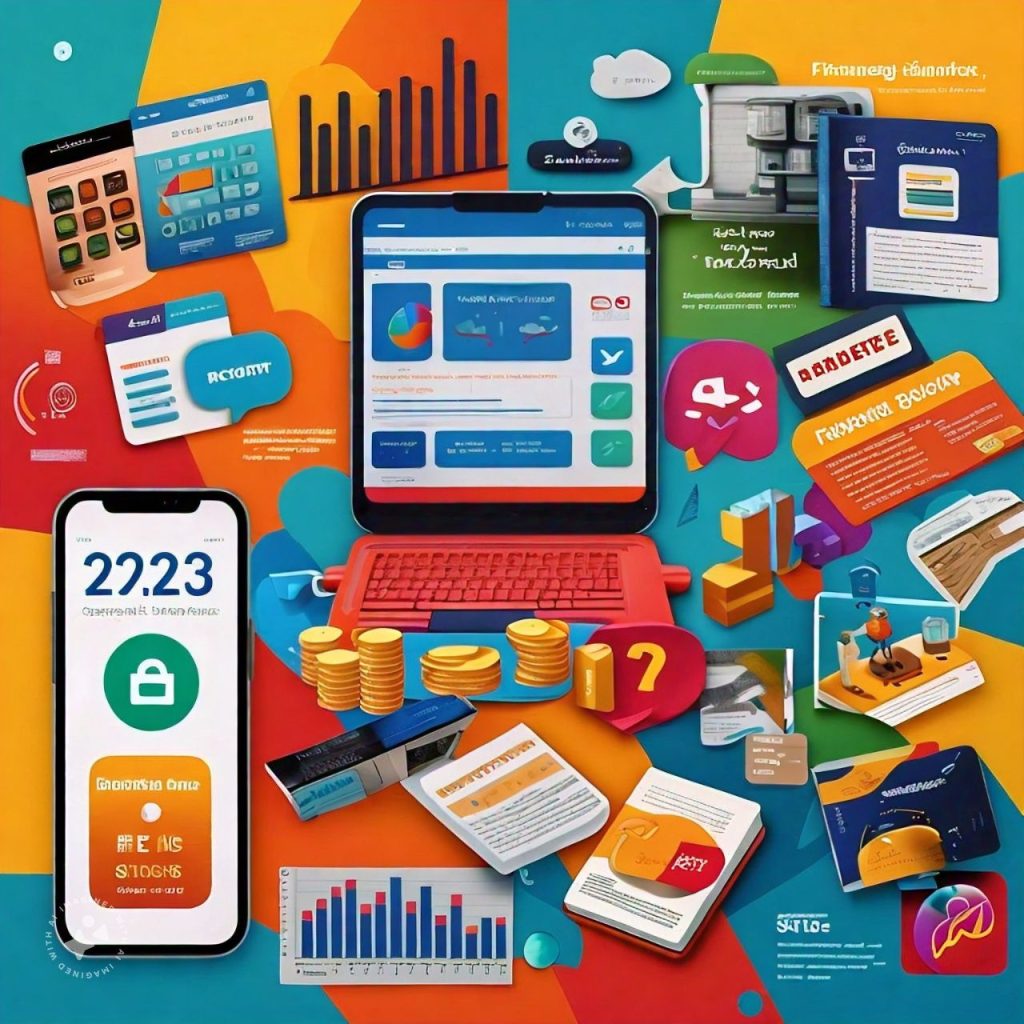Financial literacy is more than just a buzzword; it’s a crucial skill set that can significantly impact your life. In this blog post, I’ll break down what financial literacy really means, why it’s important, and how you can improve your financial skills. By the end, you’ll understand how financial literacy can help you make informed decisions about your money, leading to a more secure and prosperous future.
Understanding Financial Literacy
Definition of Financial Literacy
Financial literacy refers to the knowledge and skills needed to make informed financial decisions. This includes understanding concepts such as budgeting, saving, investing, credit, and debt management. According to the National Endowment for Financial Education, financial literacy is the ability to use knowledge and skills to manage financial resources effectively for a lifetime of financial well-being.
Why is Financial Literacy Important?
- Empowerment: When you understand your finances, you empower yourself to make better choices. This can lead to improved financial stability and independence.
- Reducing Stress: Financial stress is one of the leading causes of anxiety. By being financially literate, you can reduce this stress by knowing how to manage your money effectively.
- Long-term Planning: Financial literacy enables you to plan for your future, whether it’s saving for retirement, buying a home, or funding your children’s education.
- Avoiding Debt: Understanding the implications of debt can help you avoid financial pitfalls and make better borrowing decisions.
- Wealth Building: Knowledge of investing and saving can help you build wealth over time, setting you up for financial success.

The Problem: Lack of Financial Literacy
The Statistics
Despite the importance of financial literacy, many people struggle with it. According to a 2022 survey by the FINRA Investor Education Foundation, only 34% of Americans could answer four or more basic financial literacy questions correctly. This lack of knowledge can lead to poor financial decisions, which often results in debt and financial instability.
Real-World Examples
Take the case of student loan debt in the United States. As of 2023, over 45 million Americans owe more than $1.7 trillion in student loan debt. A lack of understanding of loans, interest rates, and repayment options has left many graduates struggling to manage their debt effectively.
In another case, a study by the Consumer Financial Protection Bureau found that 43% of Americans do not have enough savings to cover a $400 emergency. This statistic highlights the importance of budgeting and saving, both of which are key components of financial literacy.
The Solution: Improving Financial Literacy
Steps to Improve Financial Literacy
- Educate Yourself: Start with basic financial concepts. Books, online courses, and workshops can be great resources. Websites like Investopedia and Khan Academy offer free resources to help you learn about personal finance.
- Create a Budget: Track your income and expenses to see where your money is going. Use apps like Mint or YNAB (You Need A Budget) to help you stay organized.
- Set Financial Goals: Determine what you want to achieve financially, whether it’s saving for a vacation or buying a home. Break these goals down into actionable steps.
- Learn About Credit: Understand how credit works, including credit scores and reports. This knowledge can help you make better borrowing decisions and improve your creditworthiness.
- Start Investing: Begin with small investments, such as a retirement account or a brokerage account. Understand the basics of stocks, bonds, and mutual funds to make informed investment decisions.
- Seek Professional Help: If you’re feeling overwhelmed, consider consulting a financial advisor. They can provide personalized guidance based on your financial situation.

Case Study: The Impact of Financial Education
A study by the National Bureau of Economic Research found that individuals who participated in financial literacy programs were 10% more likely to save for retirement compared to those who did not. This underscores the positive impact that financial education can have on individuals’ long-term financial behaviors.
Financial Literacy for Students: A Key to Future Success
As students transition from high school to college and eventually into the workforce, financial literacy becomes an essential skill that can shape their future. Understanding how to manage money, budget effectively, and make informed financial decisions can significantly impact their lives. In this blog post, I’ll explore what financial literacy means for students, why it’s vital, and how they can develop these skills. By the end, you’ll see that becoming financially literate is not just beneficial—it’s necessary for a successful future.
Understanding Financial Literacy for Students
Definition of Financial Literacy
Financial literacy for students encompasses the knowledge and skills required to make informed financial decisions. This includes understanding budgeting, saving, investing, credit, and debt management. According to the Jump$tart Coalition for Personal Financial Literacy, financial literacy is the ability to make informed judgments and to take effective actions regarding the current and future use of money.
Why is Financial Literacy Important for Students?
- Early Financial Habits: Developing good financial habits early on can set students up for success later in life. It’s easier to cultivate positive behaviors than to change negative ones.
- Avoiding Debt: Understanding the implications of student loans, credit cards, and other debts can help students avoid excessive debt that can follow them for years.
- Empowerment and Confidence: Financial literacy empowers students to take control of their financial futures, making them more confident in their ability to manage money.
- Building Wealth: Knowledge of saving and investing can help students start building wealth early, leading to greater financial security in the future.
- Planning for the Future: Understanding how to budget and save for future goals, like buying a car or saving for retirement, is crucial for long-term financial health.

The Problem: Lack of Financial Literacy Among Students
Statistics on Financial Literacy
Many students lack the necessary financial literacy skills. A 2022 survey by the National Endowment for Financial Education found that 60% of students feel they were not adequately prepared to manage their finances after high school. Furthermore, a report from the Council for Economic Education indicated that only 21 states in the U.S. require high school students to take a personal finance course.
Real-World Consequences
Consider the burden of student loan debt. In 2023, the total student loan debt in the U.S. exceeded $1.7 trillion, affecting millions of graduates. Many young adults find themselves struggling to manage their debt due to a lack of understanding of loan terms, interest rates, and repayment options.
Additionally, a study by the Consumer Financial Protection Bureau revealed that nearly 50% of college students do not have a budget. Without a budget, it’s easy to overspend, leading to financial strain and stress.

The Solution: How Students Can Improve Financial Literacy
Steps to Enhance Financial Literacy
- Educate Yourself: Start with the basics. Utilize online resources, such as courses from Khan Academy or financial blogs aimed at students. Many universities also offer workshops on financial literacy.
- Create a Budget: Developing a budget is essential for managing money. Use apps like Mint or EveryDollar to track your income and expenses. This will help you understand where your money is going and make informed spending decisions.
- Understand Student Loans: If you’re considering student loans, make sure you understand the terms. Research different loan options, interest rates, and repayment plans. Websites like the Federal Student Aid site can provide valuable information.
- Save for Emergencies: Start an emergency fund, even if it’s just a small amount each month. Having savings for unexpected expenses can prevent you from going into debt when emergencies arise.
- Learn About Credit: Understanding credit scores and reports is crucial. Learn how to build and maintain good credit by paying bills on time and managing credit cards responsibly.
- Start Investing Early: If possible, begin investing even a small amount. Utilize resources like robo-advisors to make investing more accessible and learn about the stock market, mutual funds, and other investment options.

Case Study: The Benefits of Financial Education
A study by the University of Kansas found that college students who participated in financial education programs were 21% more likely to save for emergencies and 27% more likely to create a budget. This highlights how financial education can lead to positive changes in financial behavior among students.
Conclusion: Take Charge of Your Financial Future
Financial literacy is essential for making informed decisions about your money. By understanding the principles of budgeting, saving, investing, and credit management, you can empower yourself to take control of your financial future.
Remember, improving your financial literacy is a journey, not a destination. Start small, seek knowledge, and take actionable steps toward better financial health. With time and effort, you’ll be well on your way to achieving financial stability and success.
By prioritizing financial literacy, you can not only improve your financial situation but also contribute to a financially educated society. So, let’s get started on this journey together!

FAQs About Financial Literacy
1. What are the key components of financial literacy?
The key components of financial literacy include budgeting, saving, investing, understanding credit and debt, and planning for the future.
2. How can I improve my financial literacy?
You can improve your financial literacy by educating yourself through books, courses, and workshops, creating a budget, setting financial goals, and seeking professional advice when needed.
3. Why is financial literacy important for young adults?
Financial literacy is important for young adults because it equips them with the knowledge to make informed financial decisions, avoid debt, and start building wealth early in life.
4. Can financial literacy reduce stress?
Yes, financial literacy can reduce stress by helping individuals feel more in control of their financial situation, leading to better money management and fewer financial crises.
5. Are there any free resources for learning about financial literacy?
Yes, many free resources are available online, including educational websites like Investopedia, government websites, and local community organizations that offer workshops on financial literacy.
6. What are the essential components of financial literacy for students?
Essential components include budgeting, saving, understanding student loans, managing credit, and investing.
7. How can financial literacy reduce stress for students?
By understanding how to manage their finances effectively, students can reduce the anxiety that comes from financial uncertainty and unexpected expenses.
8. Are there resources available specifically for students to learn about personal finance?
Yes, many universities offer resources, workshops, and online courses focused on financial literacy for students. Websites like Jump$tart Coalition and National Endowment for Financial Education also provide valuable information.






